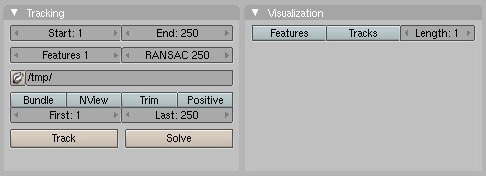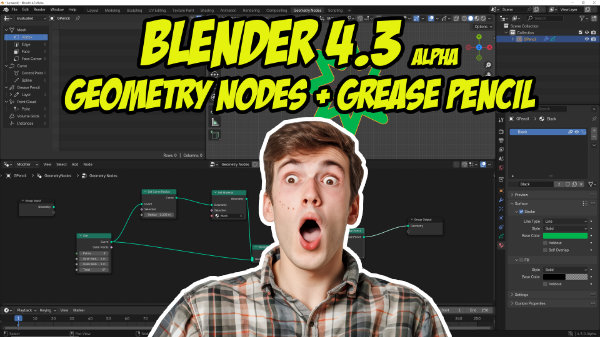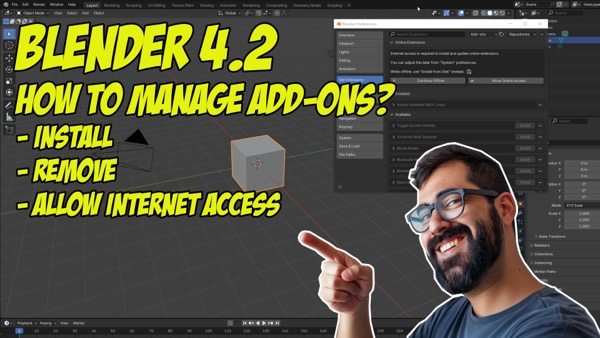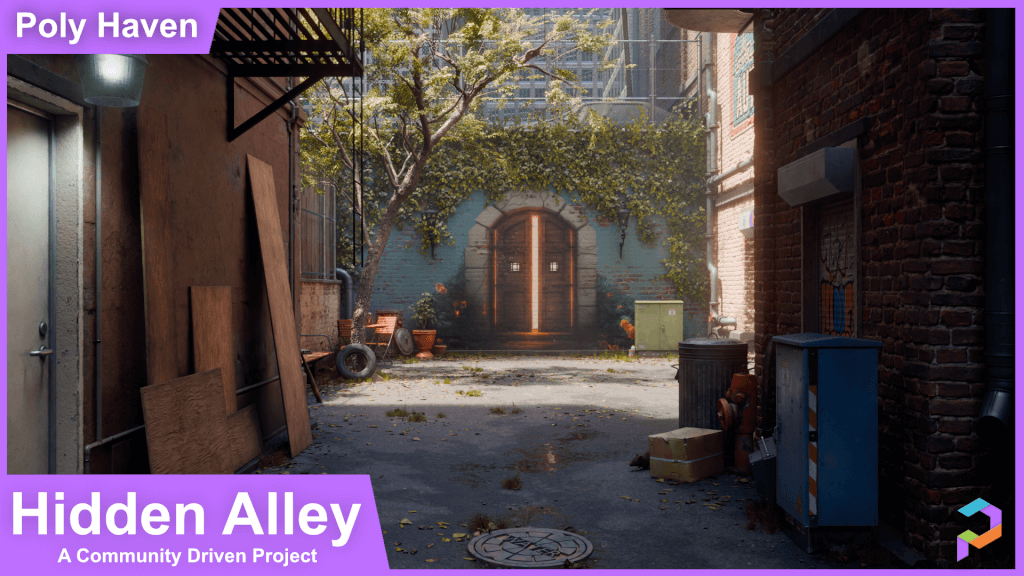
With every new Blender Open Movie project we can expect lost of new tools developed to help the team working on the animation, and most of the time those tools are aimed on character animation. But, on the new open movie project that will use live action the guys from the Blender Institute will probably add a feature to natively support camera track in Blender. This is a feature that can really help architectural visualization artists to produce animation composed with live footage. So far, it is only an idea and the objective is to use libmv with Blender. By now, there is a thread at the Blenderartists forums with a discussion on the subject.
A quick look at the libmv web site, will show some of the documentation for a camera tracking solution made for Blender 2.4x.

If this becomes true, we will mostly see a lot more architectural animations made with Blender.





Let’s hope so!
Very Good! Excellent! Blender and its development surprises me every day and every day I’m more fascinated!
Thanks Allan Brito!
Tracking is one of mandatory tools for fluent work in 3D. It’s great to hear that hope for existence of such in Blender exists.